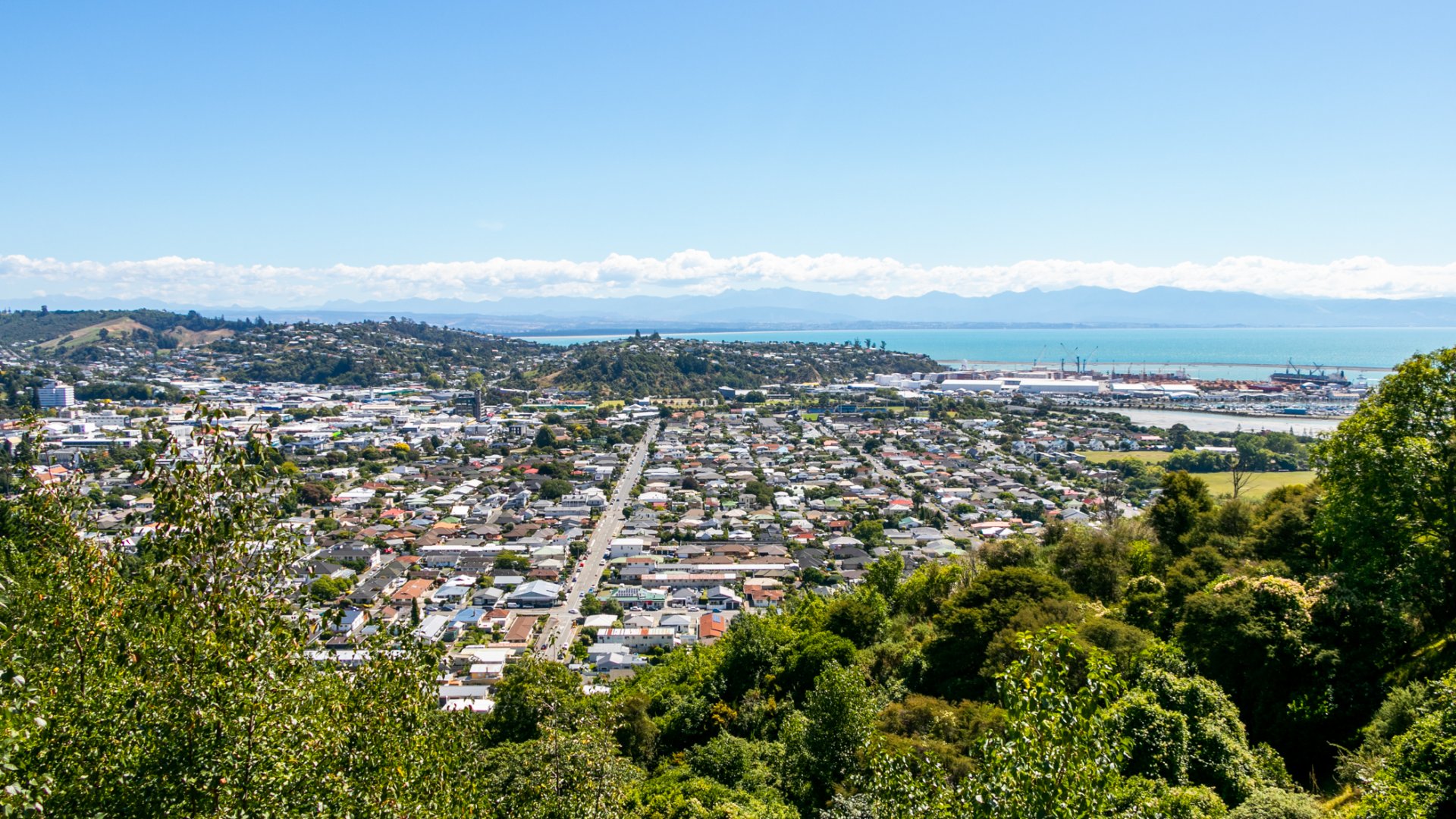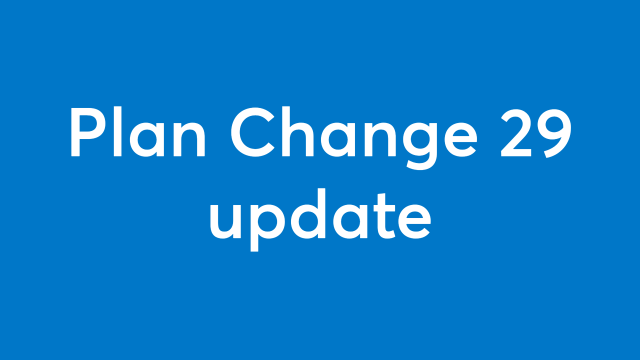Plan Change 29 - Next Steps
17/07/2024 4:09am
Nelson City Council has reviewed all submissions and further submissions received on the proposed plan change 29 and as a result, has recommended changes for the hearing panel to consider.
Section 42A + changes: Six reports written by a combination of Council officers and consultants have been prepared under the provisions of section 42A of the RMA. These reports, which are publicly available online, have been given to the hearings panel for review.
In these reports the reporting officer evaluates the issues raised in submissions and makes recommendations for changes to the hearings panel. Each hearing topic has an associated Officer’s s42A report:
The Overview & Strategic Report provides an overview of Plan Change 29 and sets out the background and relevant statutory documents. It addresses strategic issues identified in submissions including general opposition to and general support for PC29, long-term growth and demand projections, integrating land-use decisions with infrastructure planning, proposed zoning and building height strategy.
The City Centre, Commercial & Infrastructure Report covers recommended amendments to the Inner-City Zone and Suburban Commercial Zone issues, noise provisions, acoustic insulation of buildings and the proposed State Highway noise overlay. It also includes the proposed rezoning of the St Vincent Street/Vanguard Street Industrial Zone and infrastructure related amendments, including recommended changes to the services overlay and development near transmission lines and the national grid.
The Residential & Subdivision Report includes recommended changes to the number of residential zones, proposed amendments to building heights, daylight controls and other built-form standards, on-site amenity and streetscape standards, accessible design provisions for new residential units, notification of affected parties, which activities should be permitted, the activity status of resource consents, design assessments and recommended amendments to the subdivision standards of the proposed residential zones.
The Transport and Papakāinga Report includes recommended targeted amendments to the transport provisions to align with national policy and Council strategy. Minor amendments are also recommended to the new objectives, policies and rules for papakāinga in the General, Medium and High-Density Residential Zones, and in the Inner City Suburban and Suburban Commercial Zones.
The Heritage and Churchill Viewshaft Report addresses key issues including the scope of changes in relation to heritage, the appropriateness of the methodology/assessment criteria for heritage items, immediate legal effect of the proposed provisions, the heritage schedule, heritage precincts – extents and underlying zoning, heritage provisions, and the removal of the Church Hill viewshaft.
The Natural Hazards report outlines key amendments recommended including amending the naming of the Slope Instability Overlays, deleting part of the Fault Deformation Overlay at Marsden Valley and reducing its width at Bayview Road, deleting the High Flood Hazard Overlay and Flood Hazard Overlay at 23 and 19 Todd Bush Road respectively, deleting the High Flood Hazard and Flood Hazard Overlays at 100 Tasman Street, deleting and amending some of the Slope Instability Area 3 rules, and recommends a possible streamlined process under a controlled activity framework for sites with existing recent geotechnical assessments.
The key changes that are being recommended are:
- Removing the proposed High Density Residential Zone (which allowed 6 storey buildings), to be replaced with the Medium Density Residential Zone in most places (which allows 3 storey buildings), and the General Residential Zone in some areas like the Tahunanui Hills and Atawhai.
- Enabling High Density Developments on large sites in areas that have high accessibility to the City Centre and Stoke through a specific resource consent process.
- Changing the daylight controls for the Medium Density Residential Zone to support higher levels of sunlight access and privacy for neighbouring properties.
- Updating the flood modelling and overlays based on the information provided in submissions.
- Changes to the Slope Instability and Fault Hazard modelling and overlays based on the information provided in submissions.
- Changes to the Heritage buildings list and rules.
- Changes to the rules relating to noise insulation for buildings near the state highway.
Please see the Officer’s s42A reports on our shape page here https://shape.nelson.govt.nz/hearing-portal-plan-change-29 for all the recommended changes.
The role of the hearing panel: A hearing is held to allow submissions to be heard in public, by a hearing panel, before any decision is made.
Council has appointed independent hearing commissioners Greg Hill (Chairperson), Michael Parsonson, Deputy Mayor Rohan O’Neill-Stevens and Councillor Trudie Brand (the latter two sitting as Commissioners). Their role is to hear submissions and evidence on Plan Change 29 and as the Resource Management Act 1991 (RMA) permits limited delegation of council decision-making, the panel have been delegated authority to make the decision about changes to the proposed plan change.
The RMA does not permit councils to delegate the final approval of plan changes, this remains the responsibility of the Council.
Hearing panel + process: The Officer’s s42A reports are just one part of the evidence the hearing panel will consider in making its decision, alongside information provided by submitters and evidence from their experts. All information and evidence provided is considered equally by the panel.
The hearing panel will read everything in advance of the hearing and use the hearing time predominantly for asking questions. This will help speed up the hearing process. Submitters who intend to call expert witnesses must make the written evidence of those experts available before the hearing.
At the hearing itself, submitters who do not have experts can bring along additional information to support their original submission; this does not have to be made available before the hearing.
Friend of Submitters, Emily Bayliss is available free of charge to submitters to provide advice on preparing for the hearing and presenting to the panel.
The hearing for Plan Change 29 will commence on Monday 26 August 2024. Details for this hearing will be updated on the Shape Nelson page when known.
For more information about the hearing process, Friend of the submitter services or to read the Officer’s s42A reports please visit: https://shape.nelson.govt.nz/hearing-portal-plan-change-29
ENDS
Contact media@ncc.govt.nz


